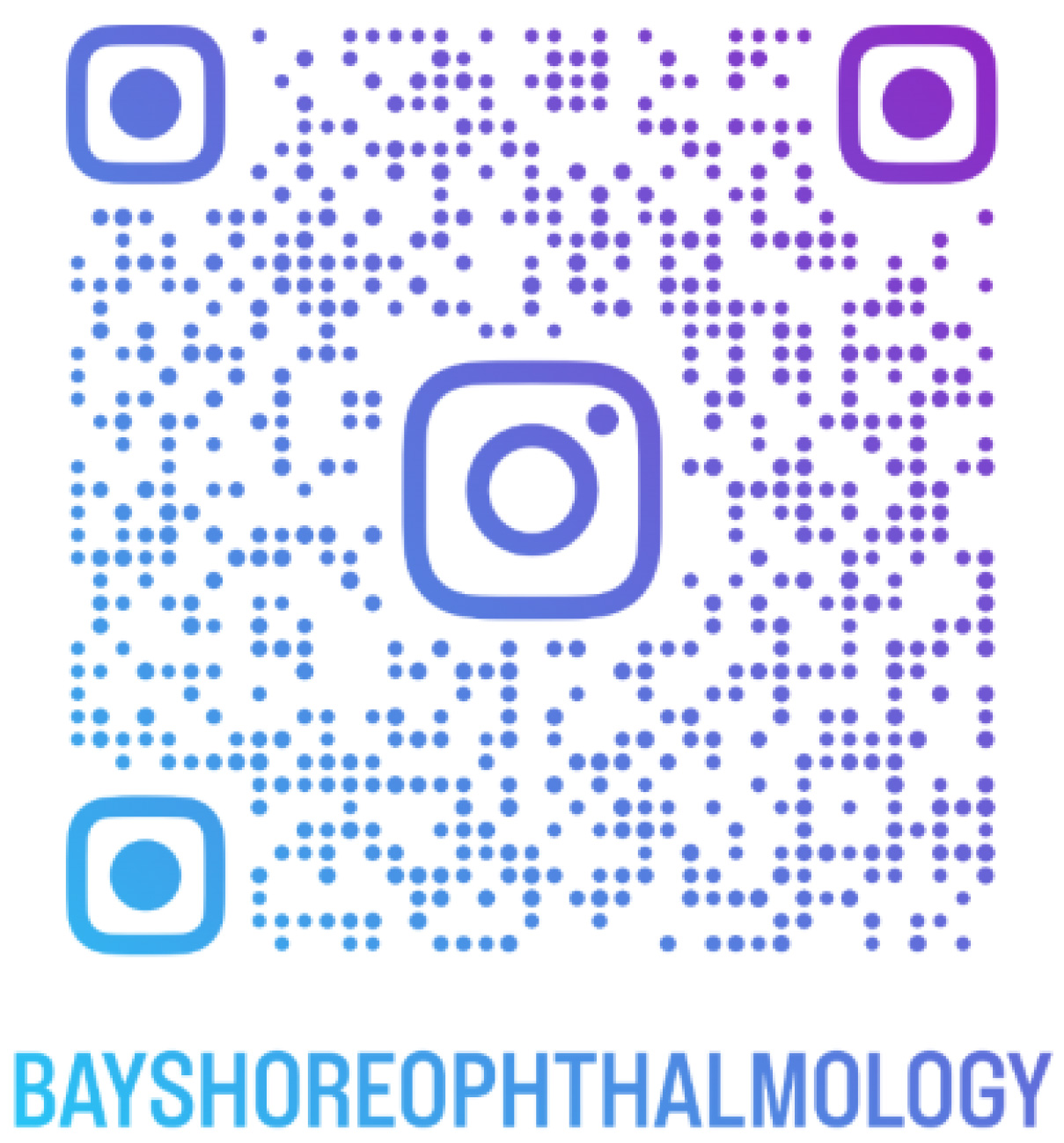What is Photorefractive Keratectomy (PRK)?
PRK is an outpatient surgical procedure used by ophthalmologists to treat myopia (nearsightedness), hyperopia (farsightedness) and astigmatism (irregularly shaped cornea). Using an eximer laser, your surgeon sculpts the cornea, permanently changing its shape and improving the way the eye focuses light onto the retina.
The PRK procedure is fairly quick, taking only about 15 minutes. During this procedure, the outer layer of the cornea (the epithelium) is removed. Them the eximer laser is used to remove a thin layer of corneal tissue. Your surgeon guides the laser using a computer, and the laser beam sculpts the surface of the cornea. This decreases the steepness of curvature for nearsightedness and increases the steepness of curvature for farsightedness. In order to treat astigmatism, the laser is programmed to reshape the cornea. It flattens the areas that are steeper than normal and steepens the areas that are flatter than normal. Because no incisions are made, PRK does not weaken the cornea.
Am I a good candidate for PRK?
To be a candidate for PRK, one must:
- Have a stable and appropriate refractive error
- Be free of eye disease
- Be at least 18 years old
- Willing and able to accept certain risks and complications
- Be free of significant skin or systemic disease that could affect healing
- Not have a history of excessive scarring
PRK may be a better choice than LASIK if:
- You have dry eye
- You have thin corneas
- You have a very active lifestyle or occupation
PRK can be a better option when it comes to refractive surgery because it does not involve creating a corneal flap such as with LASIK. With PRK, there is no risk of the flap accidently being dislodged during high-risk activities, because no flap is created during PRK.
PRK may also be used following cataract surgery to “fine-tune” vision if needed after a multifocal or accommodative lens has been implanted.


